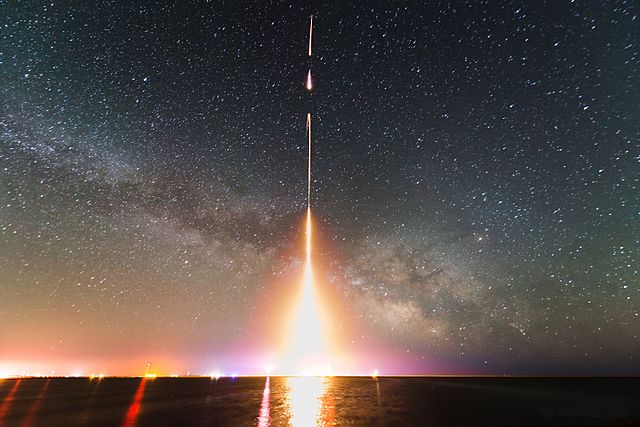On January 8, 2024, NASA launched a robotic lander developed by Astrobotic, called Peregrine 1, from Cape Canaveral into orbit aboard the Vulcan rocket towards the moon.
This was the first mission of the Commercial Lunar Payload Services (CLPS) programme, a new initiative by NASA, in which NASA pays companies to deliver scientific instruments and other payloads to the moon. The initiative marks a departure from previous NASA missions, which were almost entirely funded using public money and managed in-house.
The Peregrine 1 mission attempted to manage a soft landing on the moon. This would have marked the first time that NASA had landed something on the moon for fifty years, since the days of the Apollo programme.
However, shortly after Peregrine 1 separated from the Vulcan rocket, a fault occurred, residing the mission to failure.
Fast forward to February 15, 2024. The SpaceX Falcon 9 rocket carrying Intuitive Machines’ Nova-C lunar lander, called Odysseus, was launched from NASA’s Kennedy Space Centre in Florida. The lander carried a number of important payloads via the CLPS programme, with the aim of supporting the Artemis missions. The Artemis missions represent a huge leap forward for NASA, and have the joint aims of establishing long-term scientific exploration of the Moon, landing the first woman and first person of colour on the moon, and preparing for human expeditions to Mars.
On February 22, 2024, Odysseus landed on the Moon’s South Pole region, and will enable the transmission of important data from the payloads on board, which include instruments to measure plume-surface interactions, space weather/lunar surface interactions, and radio astronomy, as well as precision landing technologies, and a communication and navigation node. More importantly, this mission represents the United States’ first return to the moon since Apollo 17, and is the first successful mission of the CLPS programme.
To learn more about future NASA launches, be sure to check the Space & Physics section of Scientific Informer.

